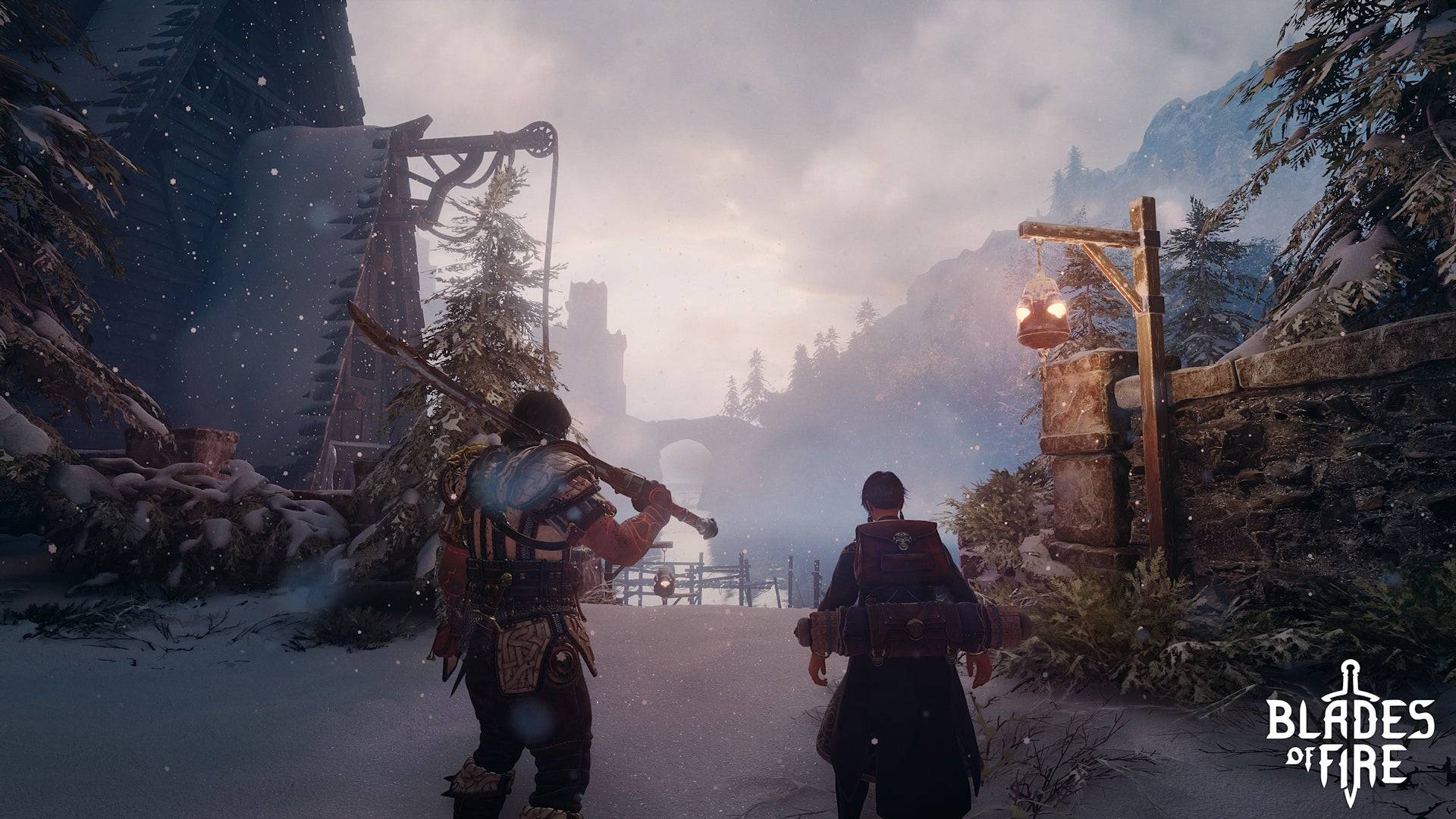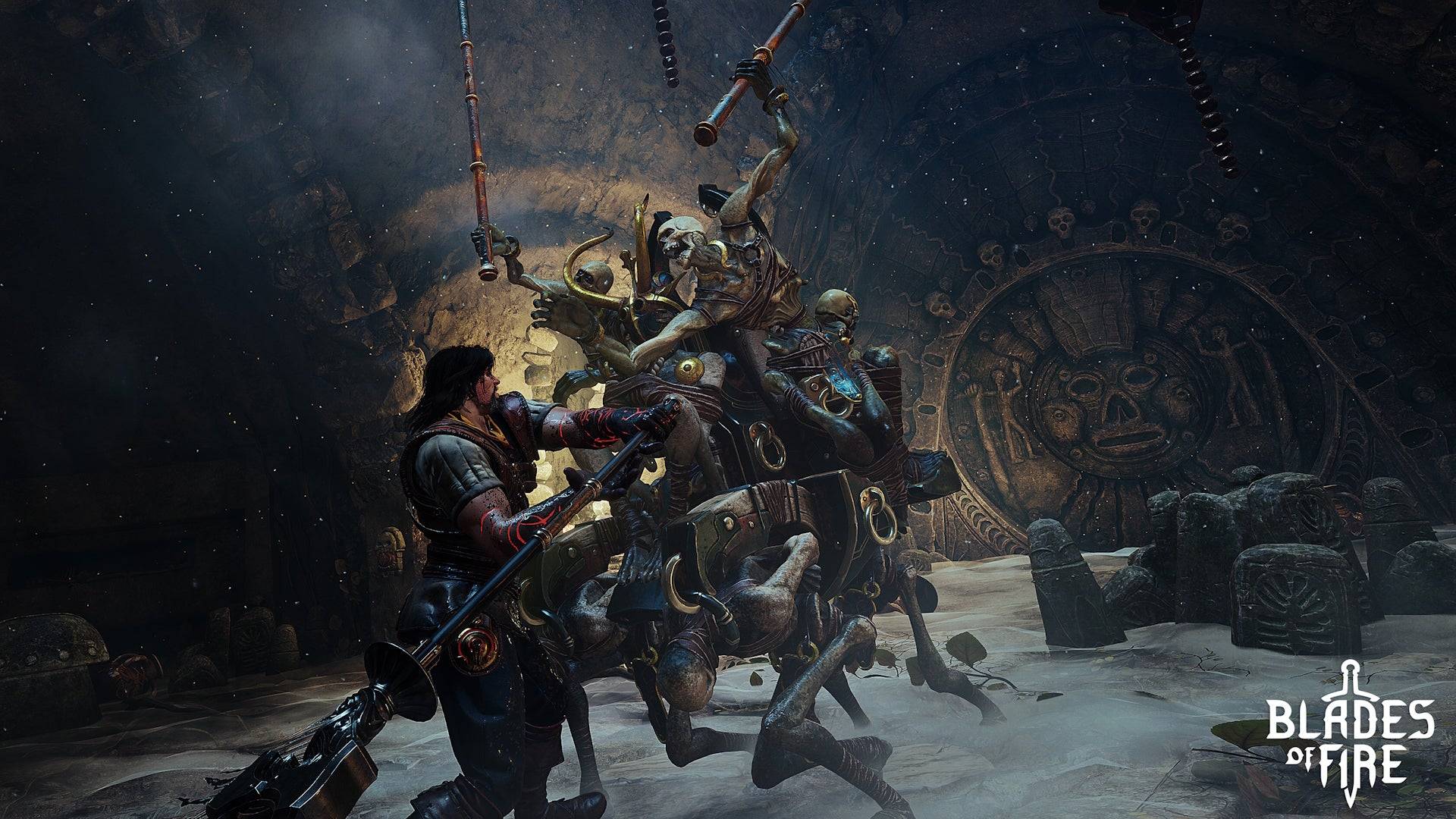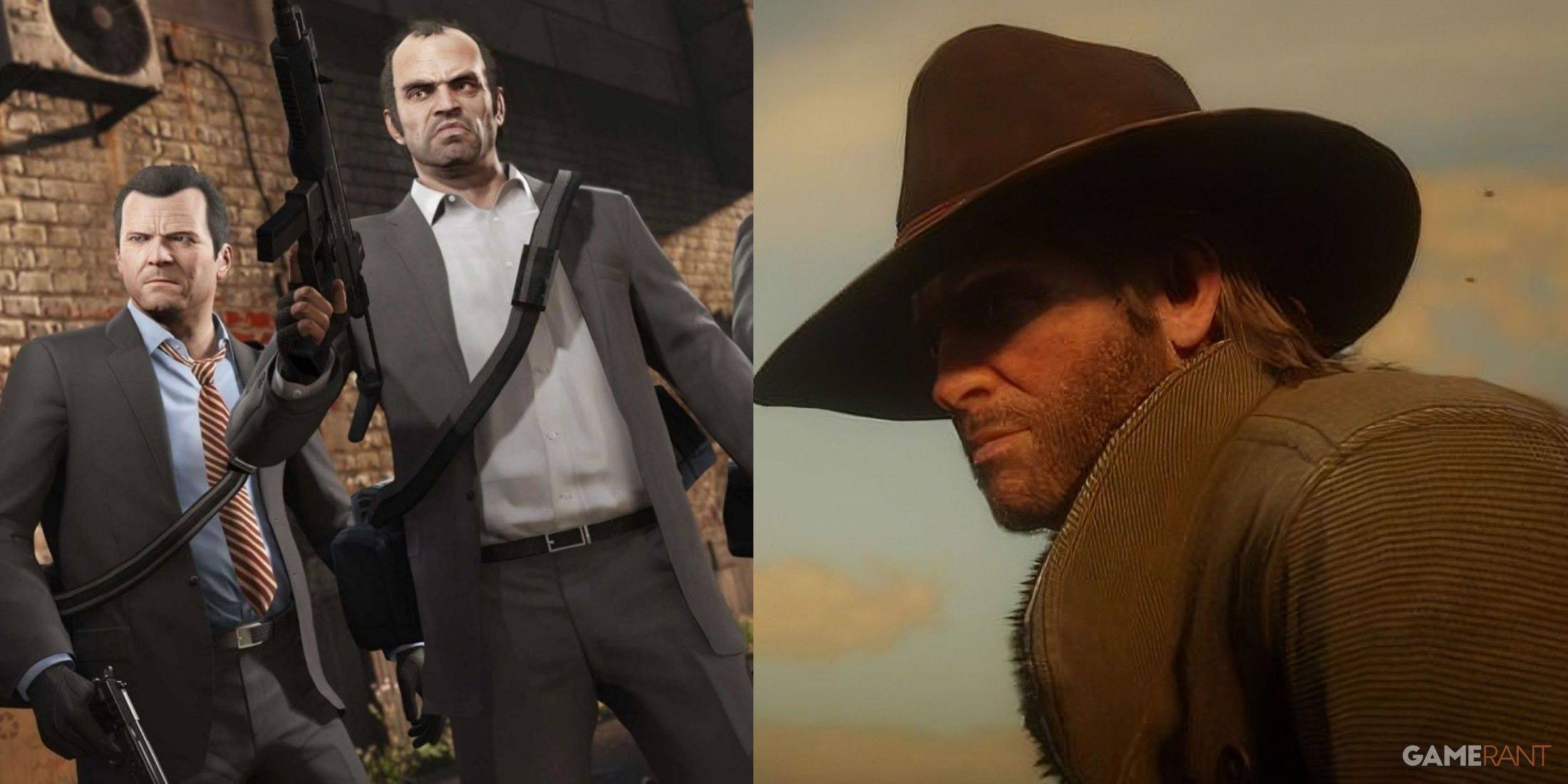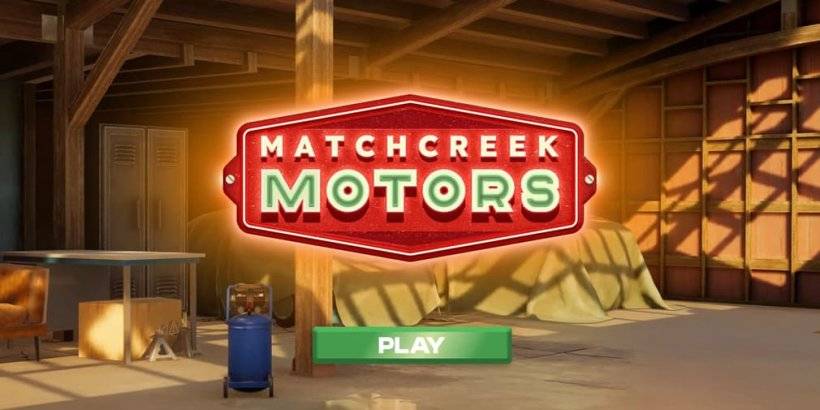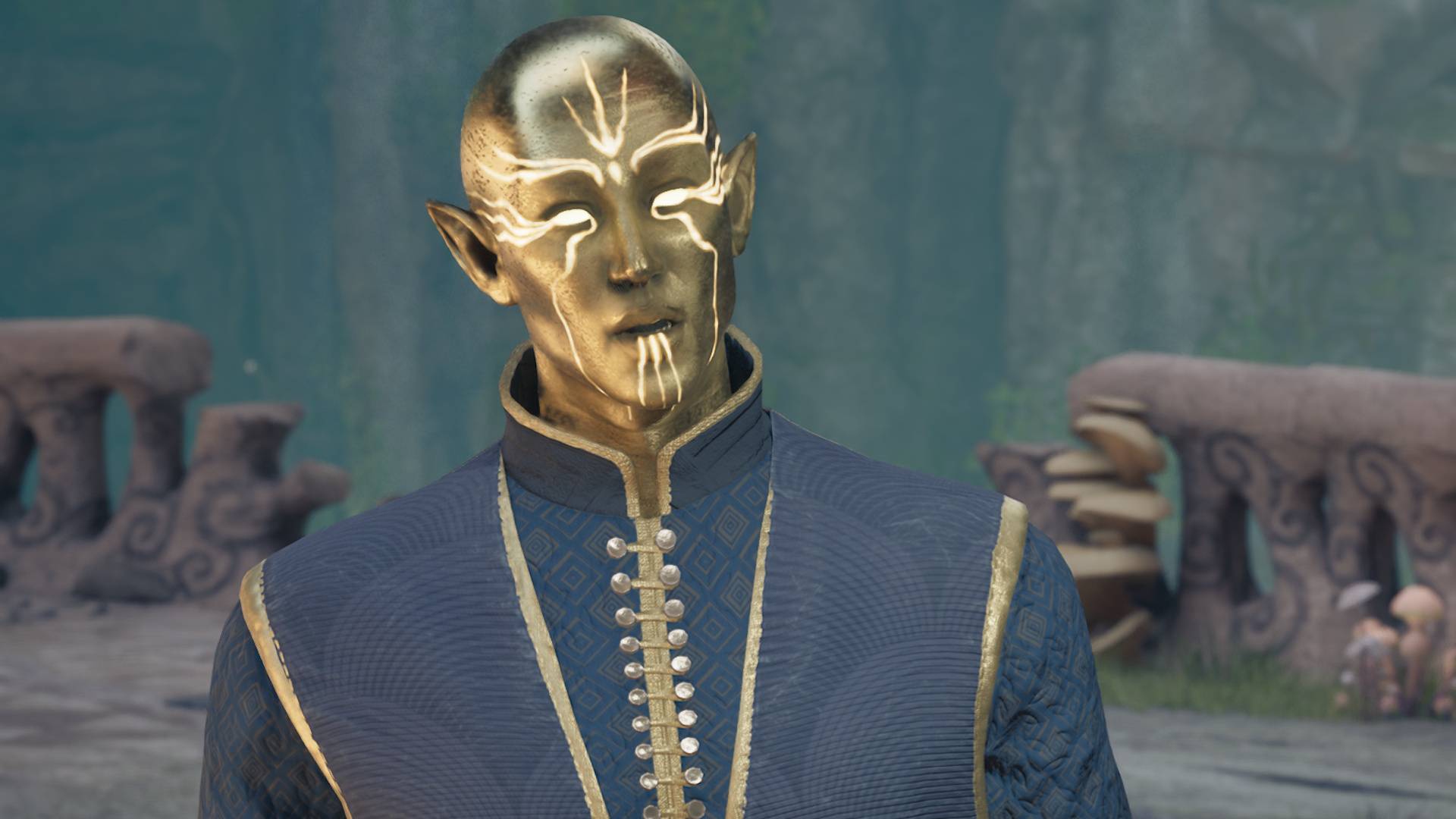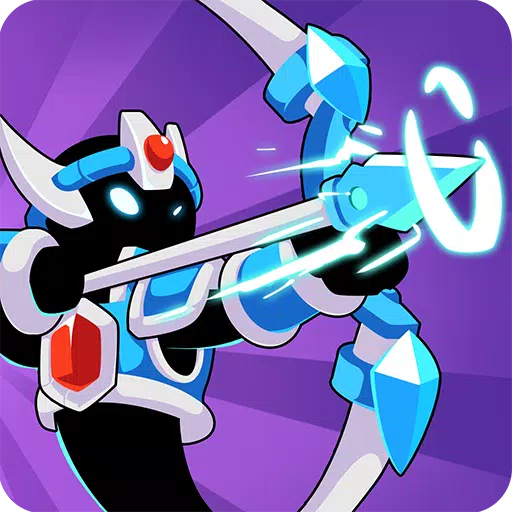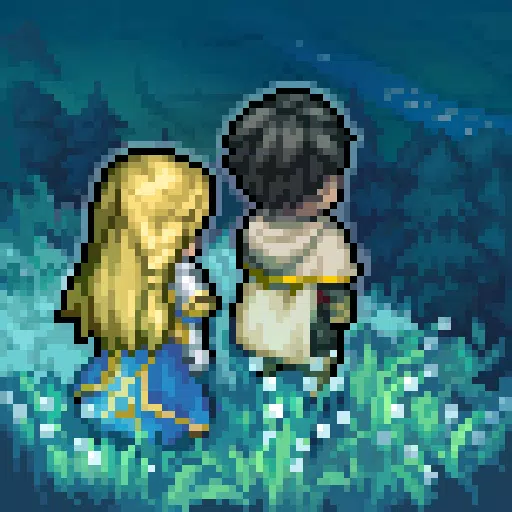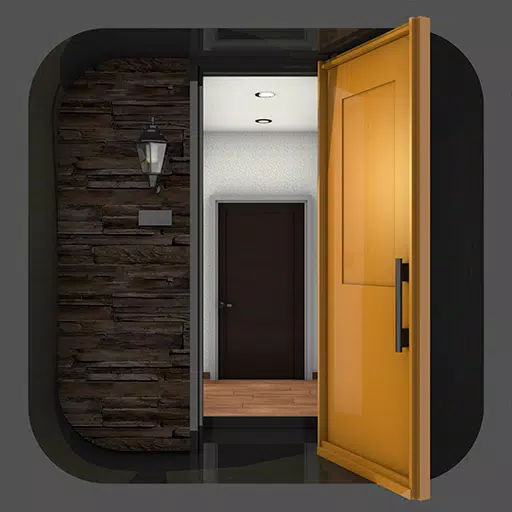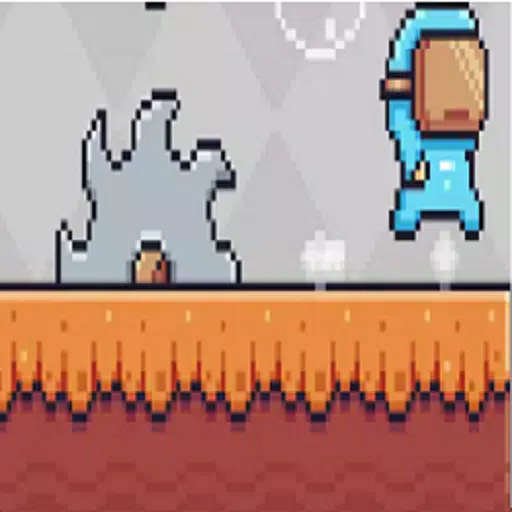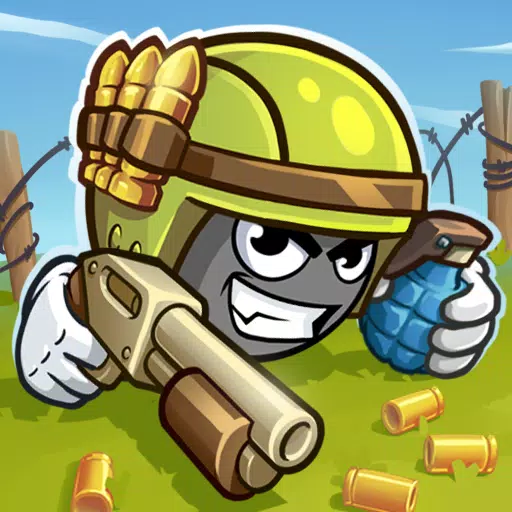When I sat down to play developer MercurySteam's latest project, Blades of Fire, I expected something akin to a modern take on the studio's Castlevania: Lords of Shadow games, infused with the flair of God of War. An hour in, the game seemed to morph into a Soulslike experience, though one where the focus was on weapon stats rather than traditional RPG character development. By the end of my three-hour hands-on session, I realized that Blades of Fire occupies a unique space—familiar yet distinct, blending well-trodden paths with innovative twists to offer a fresh take on the action-adventure genre.
At first glance, you might mistake Blades of Fire for a clone of Sony Santa Monica's God of War, given its dark fantasy setting, heavy-hitting combat, and a third-person camera that keeps you close to the action. The parallels are undeniable: during the demo, I navigated a labyrinthine map filled with treasure chests, accompanied by a young sidekick who aided in puzzle-solving. Our goal was to find a mysterious woman living in a house atop a giant creature. Yet, the game also borrows heavily from FromSoftware's playbook, with anvil-shaped checkpoints that not only replenish health potions but also respawn enemies, adding a layer of familiarity that can sometimes feel too close to home.
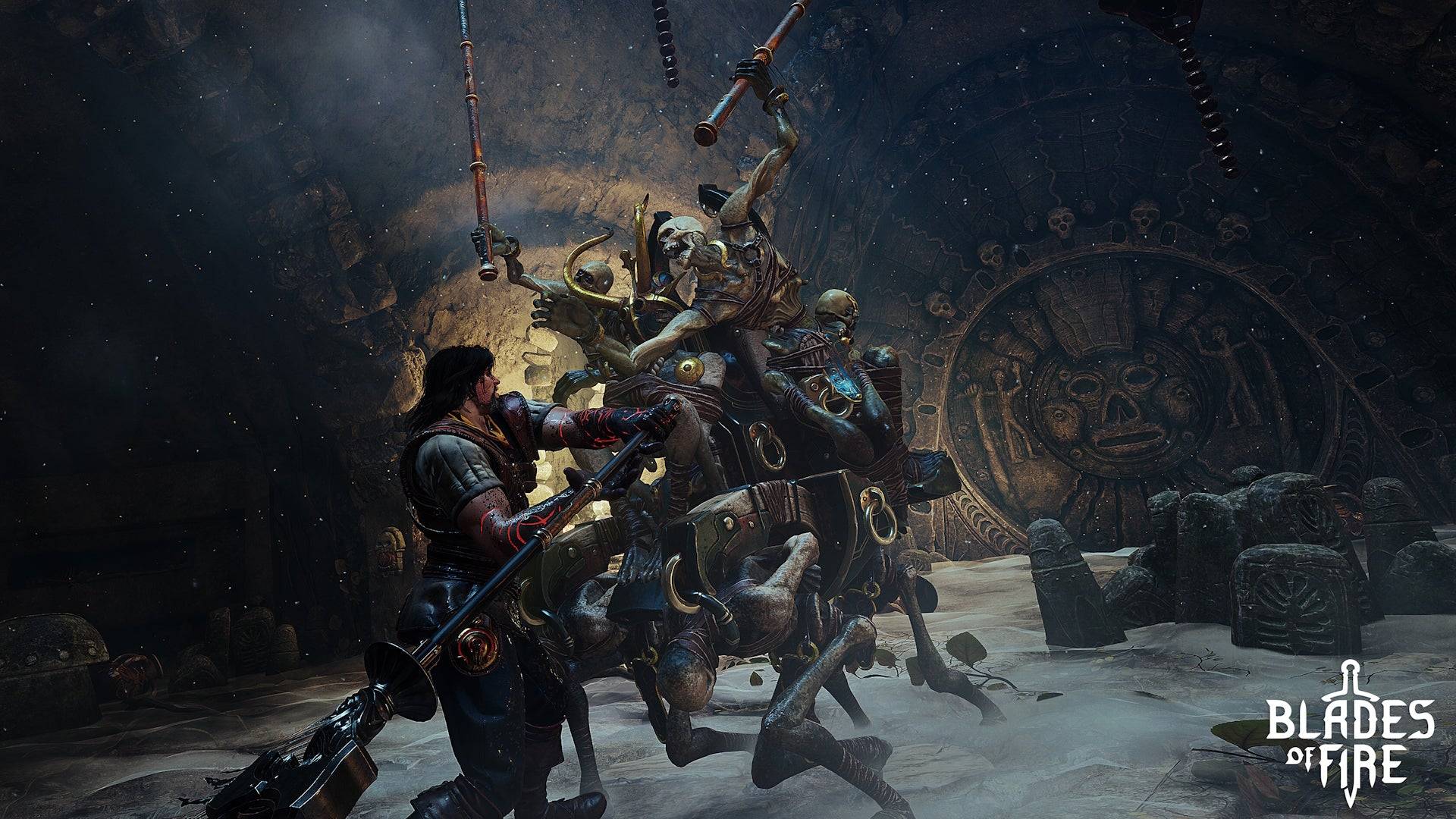
The world of Blades of Fire evokes a nostalgic 1980s fantasy vibe, where Conan the Barbarian could easily fit in with its muscle-bound soldiers, and bizarre enemies resembling orangutans on bamboo pogo sticks wouldn't seem out of place in Jim Henson's Labyrinth. The narrative, too, has a retro feel—an evil queen has turned steel to stone, and it's up to you, Aran de Lira, a blacksmith demigod, to vanquish her and restore metal to the world. However, despite these charming old-school elements, I'm skeptical about the depth of the story, characters, and writing; it feels somewhat generic and reminiscent of the often-overlooked tales from the Xbox 360 era.
Where Blades of Fire truly shines is in its mechanics. The combat system is built around directional attacks, utilizing every face button on the controller. On a PlayStation pad, for instance, you use triangle to target the head, cross for the torso, and square and circle for left and right swipes, respectively. Reading an enemy's stance is crucial to breaking their defenses—a soldier guarding their face can be defeated by aiming low and striking their abdomen, resulting in satisfyingly gory effects as blood erupts from wounds.
The demo's first major boss, a slobbering troll, showcased the combat system's potential. It had a secondary health bar that could only be damaged after dismembering it, with the limb removed depending on your attack angle. I was able to sever its club-wielding arm with a right-hand strike, effectively disarming it. Even more thrilling was the ability to cut off the troll's entire face, leaving it blind and vulnerable until it regenerated its eyes.
Weapons in Blades of Fire require significant attention. Their edges dull with use, causing a gradual reduction in damage output, necessitating the use of a sharpening stone or a change in stance. Each weapon has a durability meter that depletes over time, requiring repairs at anvil checkpoints or, if shattered, can be melted down for crafting new weapons.
The game's most innovative feature is its extensive weapon crafting system. Rather than finding new weapons in the world, you begin at the forge, sketching out a basic template on a chalkboard and modifying it to suit your needs. For example, when crafting a spear, you can adjust the pole's length and the spearhead's shape, which affects its stats—longer poles increase range, while the head's shape determines its slashing or piercing capabilities. Different materials impact the weapon's weight and stamina requirements, enhancing the feeling of crafting something unique. You even get to name your creation.
The crafting process doesn't end with design; you must then physically forge the weapon in a detailed minigame. By controlling the length, force, and angle of each hammer strike, you aim to match a curved line on the screen, which represents the ideal shape. Overworking the steel results in a weaker weapon, so the goal is to achieve the desired shape with minimal strikes, earning a star rating that affects how many times you can repair the weapon before it's lost forever.
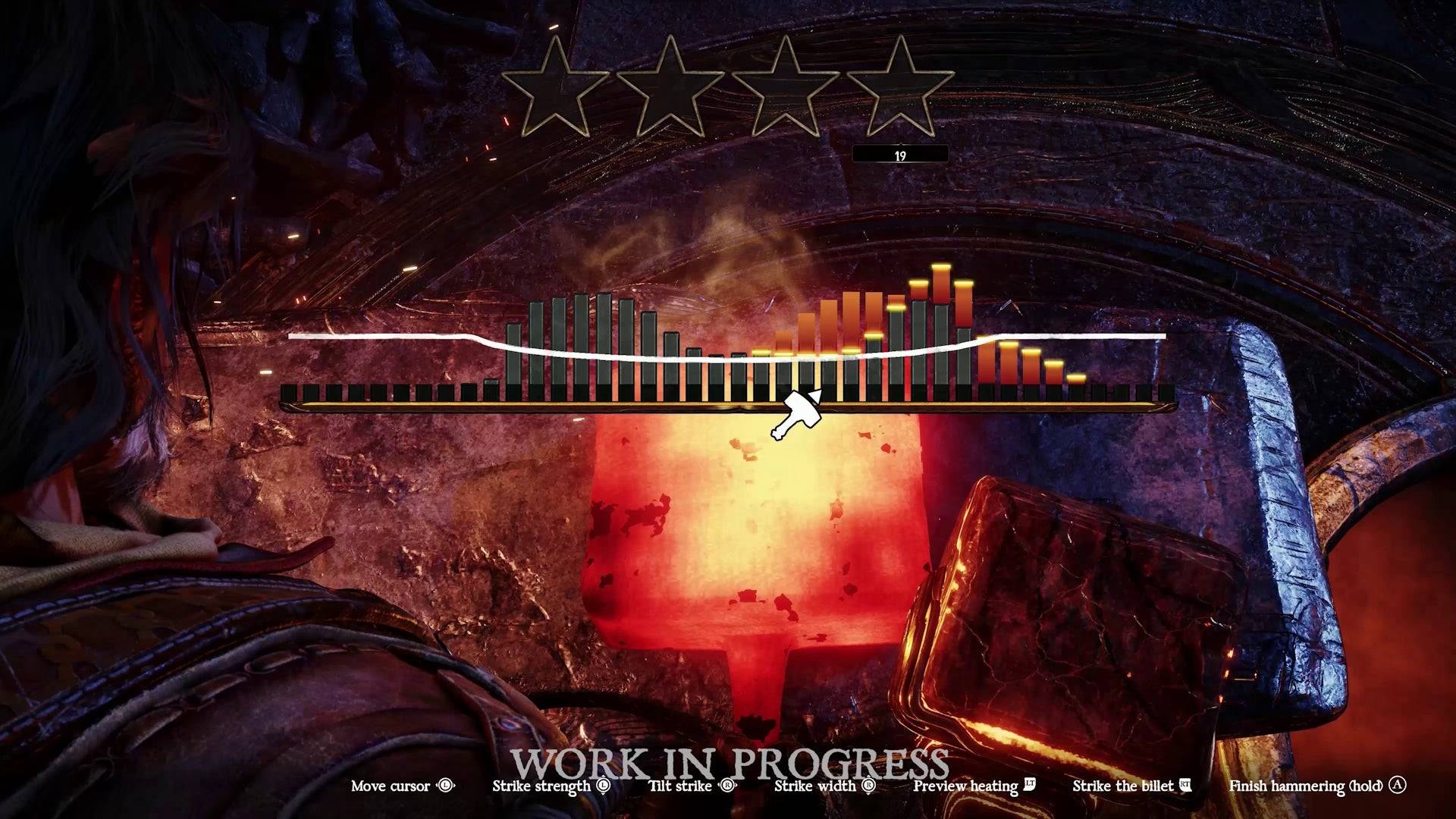
I appreciate the forge's concept and its introduction of a skill-based element to what is typically a menu-driven process. However, after multiple sessions, I found the minigame somewhat confusing, lacking a clear connection between strikes and the resulting metal shape. I hope for improvements or a better tutorial before the game's launch, as this feature could be hindered by its current complexity.
The forge's idea extends beyond the demo, aiming to create a deep bond between you and your crafted weapons throughout a 60-70 hour journey. As you explore and discover new metals, you can reforge your weapons to enhance their properties, ensuring they remain effective against increasingly challenging foes. The death mechanic further emphasizes this relationship; upon defeat, you drop your current weapon and respawn without it, though the weapon remains in the world for you to recover. This system, inspired by Dark Souls, fosters a more meaningful connection with your crafted blades than the typical soul-recovery mechanic.
Blades of Fire draws heavily from Dark Souls and its successors, reflecting FromSoftware's profound influence on action games. It also serves as a spiritual successor to Blade of Darkness, an early 2000s game developed by MercurySteam's founders and considered a precursor to the Souls series. The developers are essentially continuing from where they left off, incorporating advancements made by other studios during their absence from the genre.
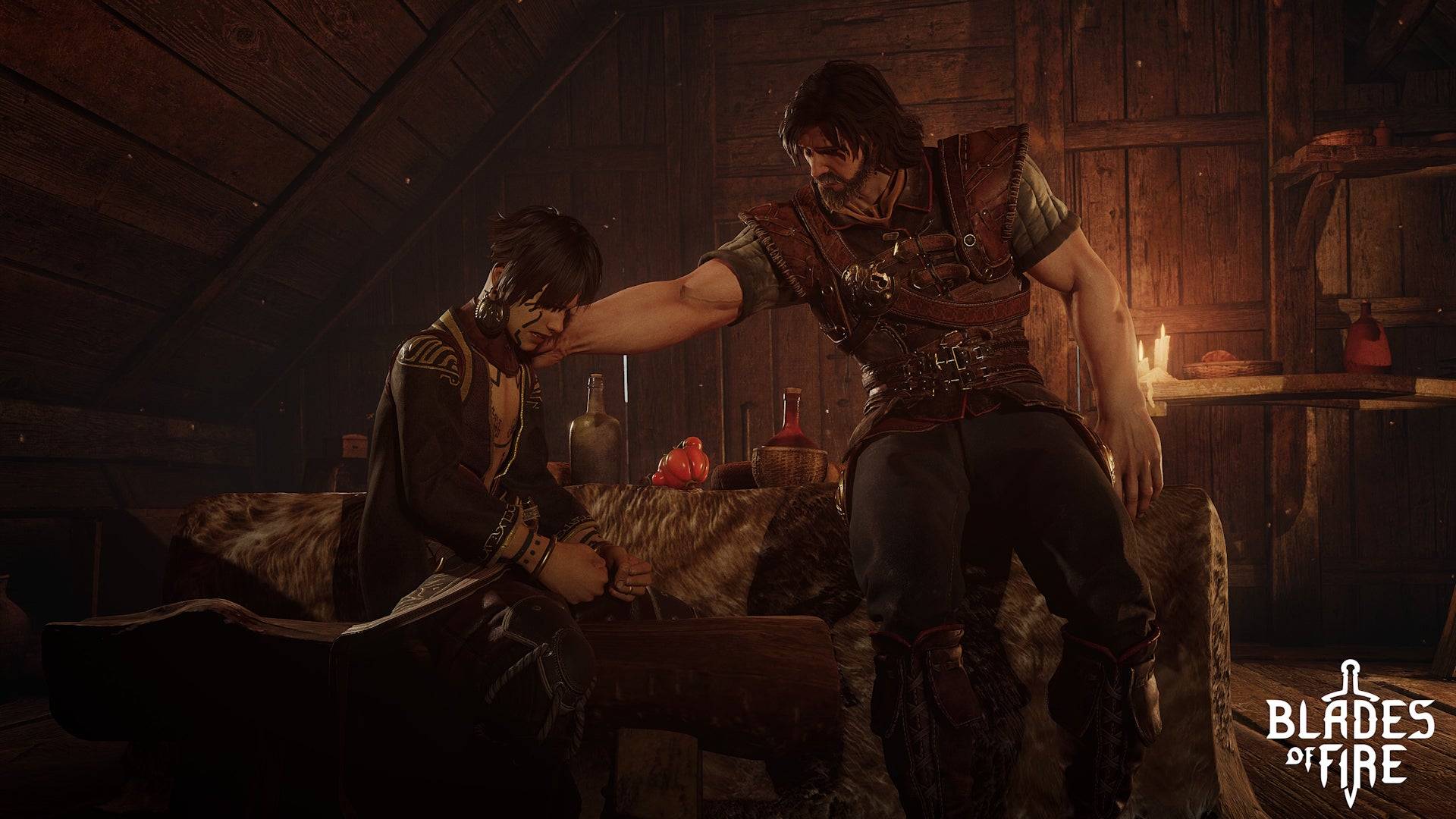
As I played, I felt the influence of Blade of Darkness, FromSoftware, and God of War pulling at the game's design. Yet, these elements don't define Blades of Fire. Instead, they are reinterpreted within a broader framework of ideas, creating a distinct identity. The game successfully distances itself from its inspirations, crafting its own unique recipe.
I do have some reservations—the generic dark fantasy setting might struggle to support a 60-hour adventure, and encountering the same miniboss multiple times within three hours raises concerns about variety. However, the depth of the relationship between your forged weapons and the enemies you face is compelling. In an era where complex games like Elden Ring and Monster Hunter have found mainstream success, Blades of Fire has the potential to add something intriguing to the genre.
Blades of Fire Screenshots
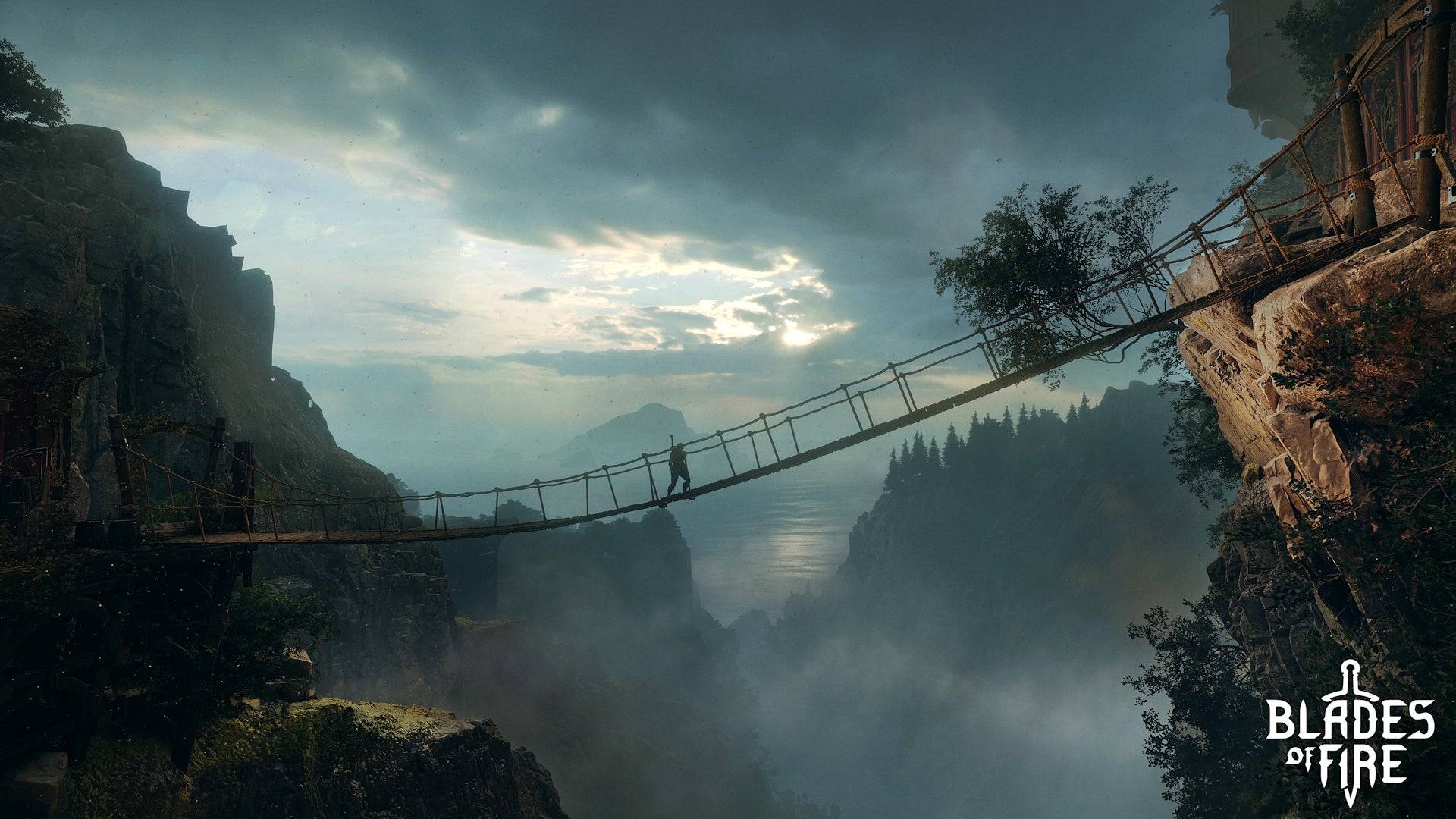
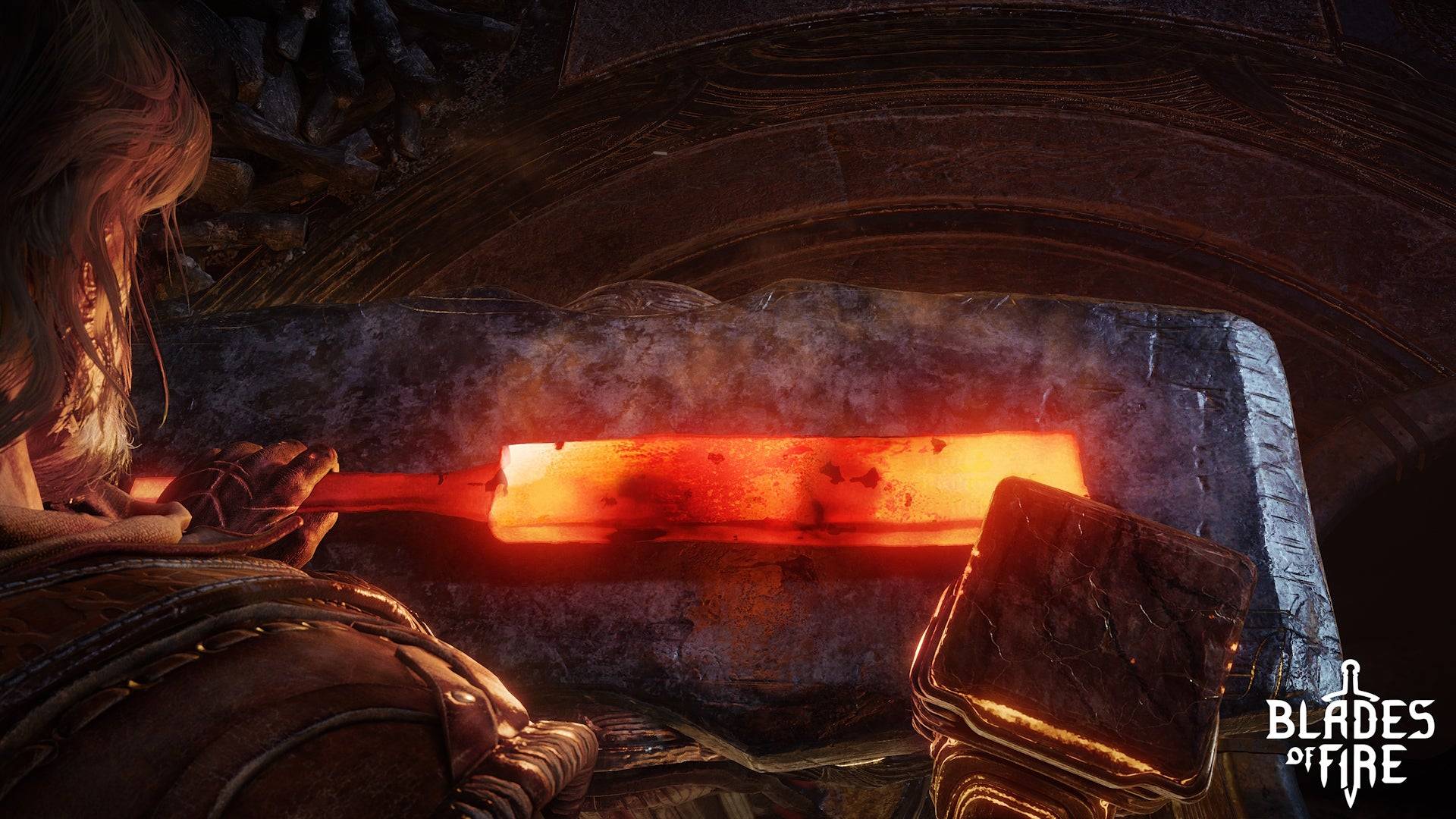 9 Images
9 Images
